Hubble telescope discovers more than 1,000 new asteroids
The Hubble Space Telescope is not only the most famous astronomical instrument when it comes to its ability to photograph distant galaxies, but it is also a powerful assistant for scientists in studying objects located right next to them. in our solar system. Recently, an international team of astronomers found a way to use Hubble data to detect previously unknown asteroids, most located in the main asteroid belt between Mars and Mars. Moc.
Accordingly, scientists discovered a total of 1,031 new asteroids - an incredible number in just a single study. Many of these asteroids are extremely small and difficult to detect. In particular, there are hundreds of asteroids less than a kilometer in diameter. To identify them, the team examined a total of 37,000 Hubble images taken over a 19-year period, identifying clear signatures of asteroids passing by the Telescope's camera.

To process such large amounts of data, professional astronomers have had to enlist the help of a community of amateur researchers to help sift through the Hubble image archive, as well as search for signs of asteroids. This is part of a project called Hubble Asteroid Hunter. Besides human power, the team also used machine learning technology to pick out signs of a 'photobombing' asteroid in Hubble images by leaving a streak on the image as the asteroid passed by . That allowed them to find a surprising number of objects, and is a crucial discovery in providing deeper insight into the evolutionary patterns of our solar system.
' The position of asteroids changes over time and therefore you cannot find them just by entering coordinates, because at different times they may not be there ', says Dr. Bruno Merín, said the co-author of the research program. ' Scrutinizing all the asteroid images requires enormous timescales. So we came up with the idea of collaborating with more than 10,000 scientific volunteers to study Hubble's vast archive .
By looking at the shape of the white streaks left behind in the images, some of which were exposed multiple times, astronomers can calculate the orbits of asteroids and their distances. Then, by comparing the brightness of each object with its respective distance, they could calculate its size.
You should read it
- The day you were born, is there anything special about space? NASA will help you observe with Hubble
- Hubble Telescope extremely rare photo of the moment of the Supernova explosion
- Admire the latest Hubble masterpiece
- Admire the special image of galaxy NGC 3175 taken with the Hubble space telescope
- Admire the 'very different' image of Saturn under the eyes of the Hubble telescope
- Admire the image of the strange jellyfish galaxy through the eyes of the Hubble telescope
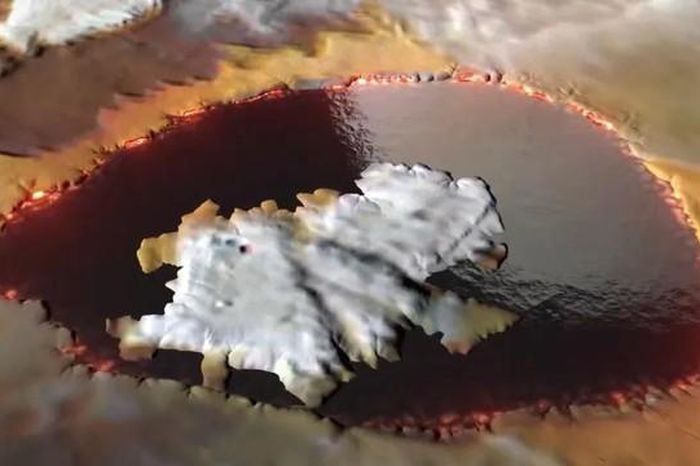 Clip NASA: 'Glass lake' in the most terrible place in the solar system
Clip NASA: 'Glass lake' in the most terrible place in the solar system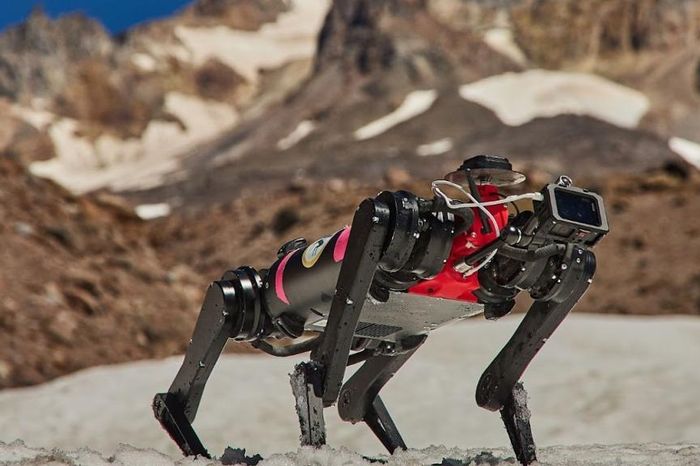 The US conducted a robot test operating on the Moon
The US conducted a robot test operating on the Moon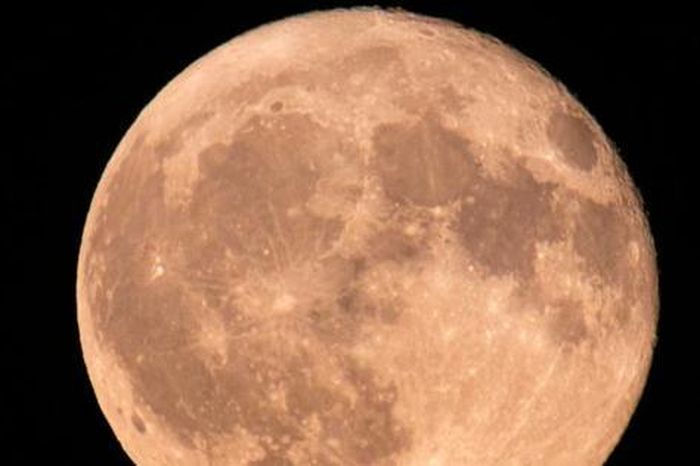 Why does NASA want to set a time zone for the Moon?
Why does NASA want to set a time zone for the Moon?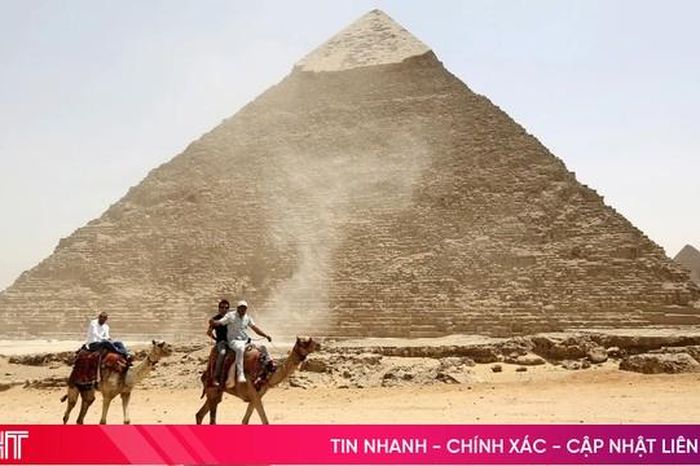 Where will the next total solar eclipse take place?
Where will the next total solar eclipse take place?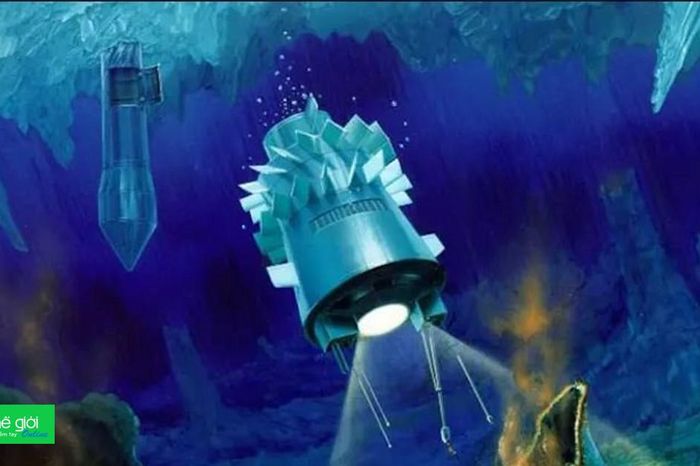 Analyze the chances of living beings existing on Jupiter's moons
Analyze the chances of living beings existing on Jupiter's moons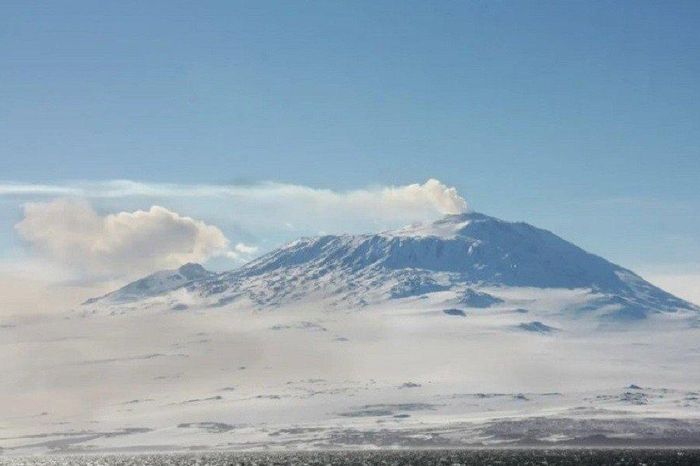 Strangely, the mountain spits out real gold every day but no one collects it
Strangely, the mountain spits out real gold every day but no one collects it